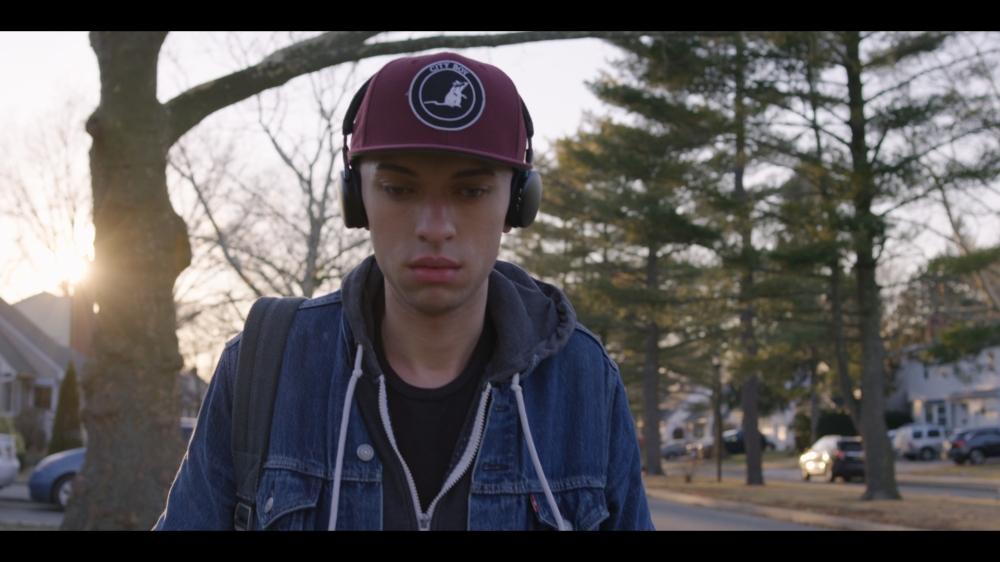I know it’s been a while, been meaning to catch up on some much needed blog posts, but I’ve been a bit busy.
If you haven’t been following along, the show I worked on this past summer, The Marvelous Mrs. Maisel on Amazon, is sweeping up all the awards. It was a labor of love for sure. Not the easiest job but it was all worth it in the end.
On another note, I directed a Music Video with the soon-to-be-released Sony Venice camera and I have my DIT Mike Maiatico writing a post about his experiences with the new X-OCN raw codec. Also the new XAVC480 codec looks MILES better than the XAVC codec in the F55. I’ll put it to the test. Below are two images, tell me which one is XAVC & which one is X-OCN


Anyhoo, here’s the graphical layout of how I have my ins and outs for my cart. I use a Blackmagic Smart Videohub for all my routing needs (I’m currently working on making a mac app that acts as a Macro switcher…more on that later, it’s taking some time to develop).
You’ll see that I take a log image from each camera and then send that out to my IS-Minis, and then send that back into my router. The reason for this is so that I can quickly show LOG whenever the DP asks for it.

Leave a comment if you have questions about this. Happy to answer them.
I’ve literally been looking for info on that exact diagram for the last few months, for a new DIT like myself that is perfect
Great diagram. After just wiring version 4.0 of my cart, I see that we probably all think along the same lines as to routing. The only major change I have made is switching from a Smart Videohub to a 16×16 Kumo. Even with 4 camera capability, 16 channels is just enough with a few spare outs (my Decimator Quad is fed directly from the D/As). Would like to see more of your cart in its current config.
Can you explain why you run the ultra studio back into the Smart Videohub? Also what are the VTR boxes that you are using in this diagram? Just trying to get a good feel for exactly what is happening. Thank you for this diagram!
It’s mainly so I can route the signal coming from resolve to whatever monitor I want. When I take screenshots with ScopeBox, resolve is the easiest, and truest, way of displaying those stills. I have the ultra studio set to display out whatever is in resolve, and then I send that back into the video hub so I can route it to my monitors for accurate color matching.
Are the 8×1 hubs something that you keep on your cart or are they just for representation of the signal that gets sent to VTR?
I keep them on my cart. I run 3 of the outputs currently as that’s about all i need at any given time.
Why the IS Mini LUT boxes over the Teradek COLR?
You can do a lot more with the IS-Minis, specifically monitor calibration. Plus the COLRs tent to have issue with multiples connected to a hub via USB. I’m personally waiting for the big boxio to come out and the. I’ll be switching over to that.
I’m just getting into all this and building my kit out, i’m curious to know do the cameras have to be hardline into the router or could they be wireless and the signal go through receivers to the router?
everything is wireless on my cart setup, well wireless in a sense that we’re using Paralinx/Teradek units